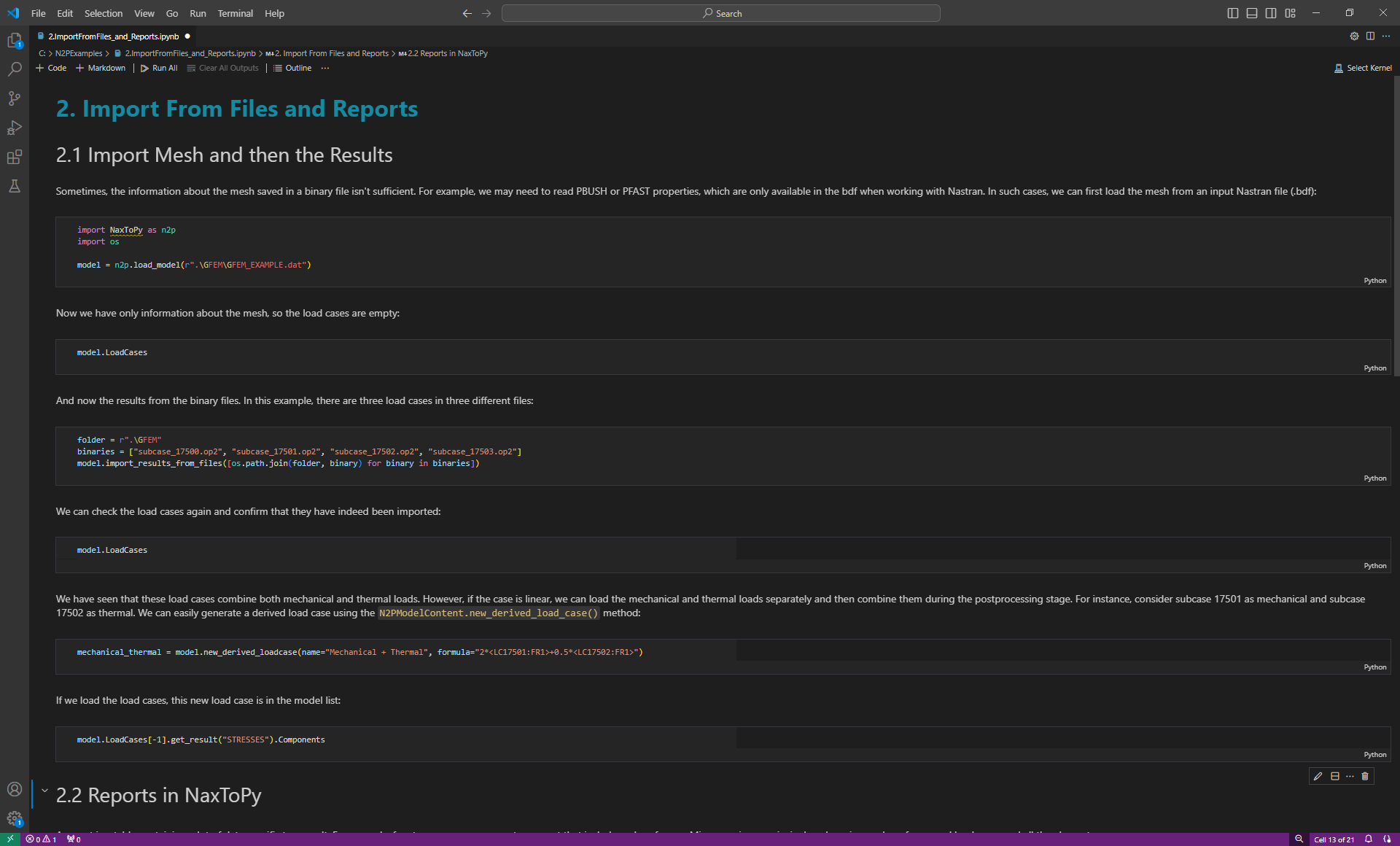
11/03/2024
Innovative developments in Finite Element Simulation through massive data management with Python and customized tools.
In the current era of engineering, finite element method (FEM) simulation plays a crucial role in optimizing and driving designs and decision making. However, the next revolution is taking place thanks to the ability to process and leverage massive data and self-programming tools using languages such as Python, a highly accessible and versatile programming language.
- Automation with Python: Powering efficiency.
Automation is key to managing large data sets in structural analysis. Python, with its clear syntax and wide range of libraries, has become the tool of choice for self-programming. The ability to write custom scripts allows engineers to get the most out of their data and focus on interpreting the results rather than wasting time on repetitive tasks.
- Customization: Tailoring technology to unique requirements
In the business context, from large aerospace companies and other integrators to individual companies or TIER engineers, each has its own approach and working methodology. The ability to customize FEM tools has become essential. The flexibility of Python and the ability to create specific scripts and functions ensure that engineers can adapt the software to their own processes, rather than adapting their processes to the software. Applications can be programmed to modify input files, automate the analysis of thousands of load cases or structures of different configurations and materials, splicing, design experiments for optimizations and much more. The limit is the imagination.
A prime example of intelligent software with advanced tools and customization capabilities based on the needs of each company is NaxTo. This software, among many other advanced and intelligent tools, includes NaxToPy, an object-oriented Python library that supports all files. Its main objective is to significantly reduce engineers' working times by automating tasks, facilitating the efficient and optimal management of large structural analysis data sets.

In addition, thanks to its ability to work in interactive development environments that integrate information and coding such as Jupyter, it offers the ability to describe and execute code solutions collaboratively, which greatly improves workflows and communication.

- Tangible benefits: Improved workflows and increased efficiency
Self-programming and the use of libraries greatly improve the usability and accessibility of working with large volumes of FEM data. Engineers can design their own improved workflows, advanced algorithms and reduce the occurrence of errors while saving relevant time, all tailored to the peculiarities of their projects.
In addition, the use of the Python environment and its libraries such as NaxToPy greatly facilitates the application to AI/ML techniques.
In conclusion, the ability to manage massive data and customize FEM tools and workflows represents a significant advance in structural analysis. These advances not only increase operational efficiency, but also allow companies to adapt to different project scenarios, improve data management and explore new solutions. The digital transformation in structural analysis is underway, and those who adopt these practices bring that "something more" to their projects and clients.
That is why at IDAERO we continue to work and develop new tools like NaxToPy that allow us to be at the forefront of engineering.